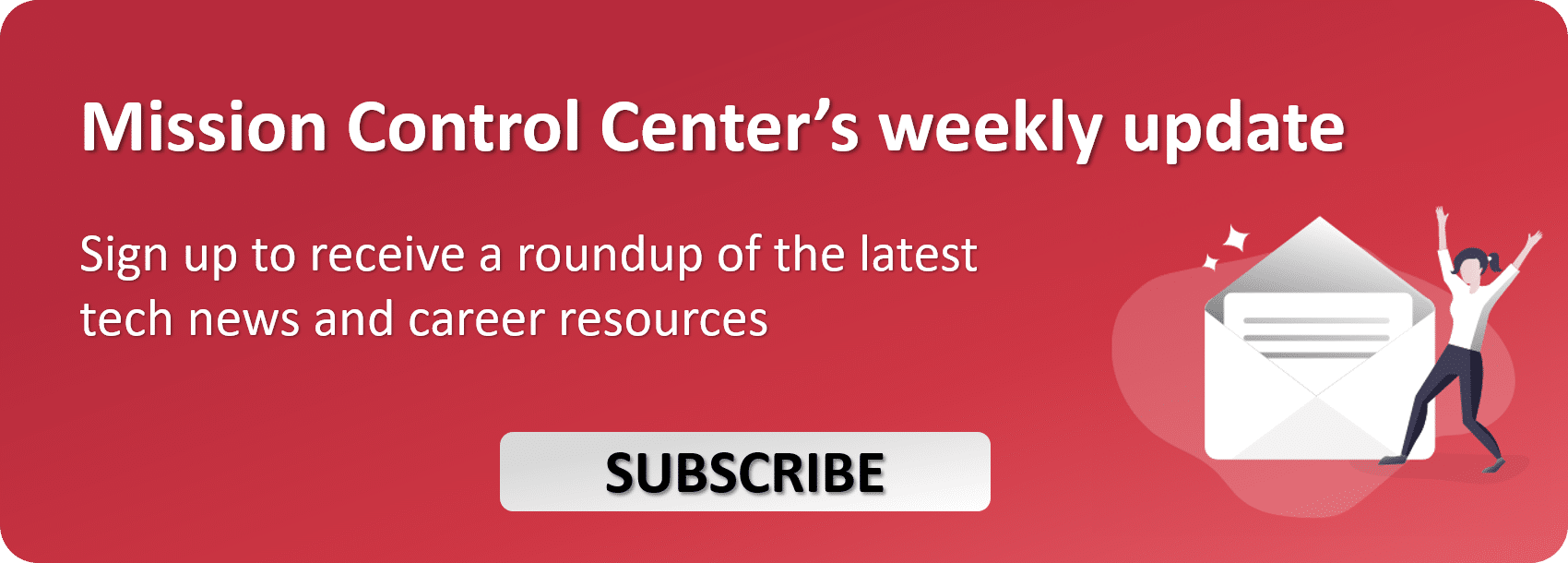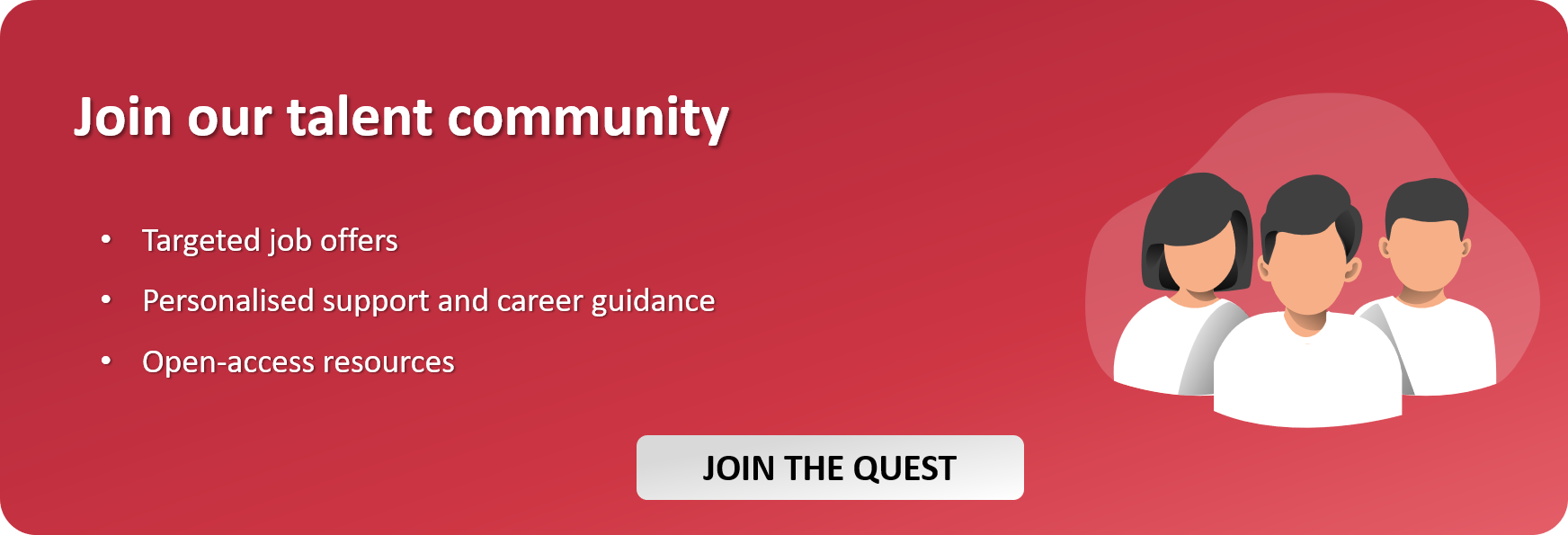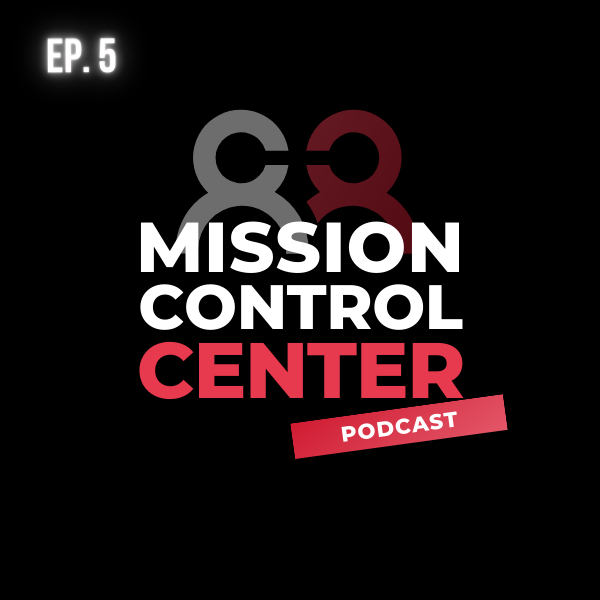Why and how should you pursue SAP and SAP S/4HANA certifications?
Denys van Kempen is Technology Expert at SAP focusing on SAP HANA and Analytics. He has been at SAP for more than 10 years, where he helps SAP’s Global Partner Organisation support and educate partners about the company’s technology. Denys is a true SAP advocate, blogging extensively and managing content for the SAP HANA Academy.
Learn more about SAP careers from this SAP project management expert.
How did you get started in your career, what do you do at SAP?
It’s funny that you ask, because, out of curiosity, I recently picked up a starter certification for Azure fundamentals. I just did the exam and was happy to pass. And it was curious, because, when I looked at the transcript where it lists all the certifications that you’ve done in the past, I saw how I had started out in IT almost 25 years, and my first certificate was in Windows 95, doing the networking.
One of the most fun parts of the whole software industry and the whole community around it, is that it is constantly changing, and the only thing required is a willingness to learn. If you are interested in studying, you can work in IT. That’s the main qualification you need, as far as I am concerned.
I am now in my early 50s, I speak to a lot of people, and people have very, very different backgrounds. But I would say that is the most essential qualification. Today we are looking at the cloud platforms, yesterday it was blockchain and then it was big data. The only thing you know is next year it’s going to be something different, and we have to take out our books and study the topic.
Why should SAP experts pursue certifications?
I think there are basically two camps. There are people who enjoy learning new things, who maybe even enjoy the challenge of sitting an exam and hopefully pass. And then there is the group who thinks they have a lot of experience already and don’t really need to answer silly questions. I think there’s value in both arguments.
I’ve seen very good exams. But there are also examples of exams where you have to provide answers to questions nobody would know by heart. The certifications that aim for experience and how you solve things are better examples than just those who ask you to memorise things. And I think most vendors try to get that.
Getting a certification is a great way to make sure you study all the aspects of a certain technology, because typically you work with the most common things, but, if you study the topic, you have an opportunity to learn things that are more obscure, less well-known. For your own benefit, getting certified gives you the confidence that you know the product inside out. It’s a great way to solidify your knowledge.
Are you seeing a particular branch of SAP and SAP S/4HANA certifications that is on the rise these days?
Two years ago, SAP made the strategic decision to go cloud-first in all the development. More recently, that decision was accelerated. Everything is going cloud these days.
I think you have that same effect on certifications. There are not really that many people today who pursue a certification for only on-premise software. It doesn’t matter which vendor, everything is going cloud. That would be my advice: if you learn something new, make sure it runs on the cloud. That’s where the future is.
When it comes to cloud, you can work on software that runs on the cloud, or you can help set up and maintain the infrastructure, the internal plumbing. Would that be a good career move for someone that’s just starting within the cloud ecosystem?
That’s a good question. SAP systems can be very complex, and you have these very large companies, like big food manufacturers or big banks, whose SAP landscapes are huge. There are a lot of functional people, of course, involved in making sure everything works, but also technical people, doing the networking, the backups, etc. And moving all those landscapes onto the cloud is a major shift of focus.
A question I get from time to time is one from people who have been working as Basis Administrators. They wonder what their role will become with everything going to the cloud. If you’ve been working with backups and things like that, that’s no longer a concern for the customer, because it’s being taken care of by the cloud provider. So, you see that shift.
A lot of the technology is now on the cloud, and no longer on the side of the software vendor. So that would definitely be something to look at. If you have a strong technical interest, you’ll have to study how to work with those cloud providers. Configuration and security, for example, they remain very important, but it’s a different role from the traditional one.
How people make their certification journey easier for themselves?
I would try to stick as close as possible to the information the vendor provides. Most of it is freely available or at a very low cost. The thing is that there are just so many materials out there that you end up going from one rabbit hole to another and lose focus. If you just stick with the course manual, you’ll be able to have a quick preparation for the exam, but if you get side-tracked, you search for exam dumps and study the wrong answers… well, I would certainly not recommend that.
Also, don’t make it a project that lasts too long. It’s either going to be 6 or 8 weeks, but make it something for which you are going to study frequently, even if it’s half an hour every day. Just come half an hour earlier to work and spend that half-hour when you are still fresh working on that. That’s far more reachable than if it’s going to be a 5-month project and every weekend once in a while you try to cram it all in.
How about the books you publish through the SAP Press?
Well, that’s a bit of a different story. For example, if you look at Azure or Google Cloud, they provide a lot of information for free or at a relatively low cost. It’s up on Coursera or EdX, and for 50 euros you can study for a month and that’s all you need. That’s a very reasonable amount of money to invest in your career.
Unfortunately, for some SAP and SAP S/4HANA certifications, you have to go through training, and that training can be quite pricey. If you’re self-employed, you might not have the budget. In those situations, an exam guide might be of help. In addition, the course manuals are written to support the course, so they are always challenging. We write these books specifically to help you pass the exam.
Want to make the most of S/4HANA’s career potential? Check out our comprehensive S/4HANA Careers Guide.
SAP’s Learning Hub, for which you can request a free trial, should be your go-to place for official learning resources and documentation.
You can complement these with SAP PRESS Certification Success Guides, one of which Denys has authored. If it’s motivation you are looking for, he also has a lot to say.
You can follow him on Twitter and LinkedIn.




















